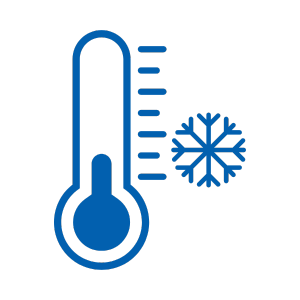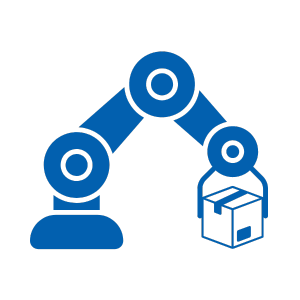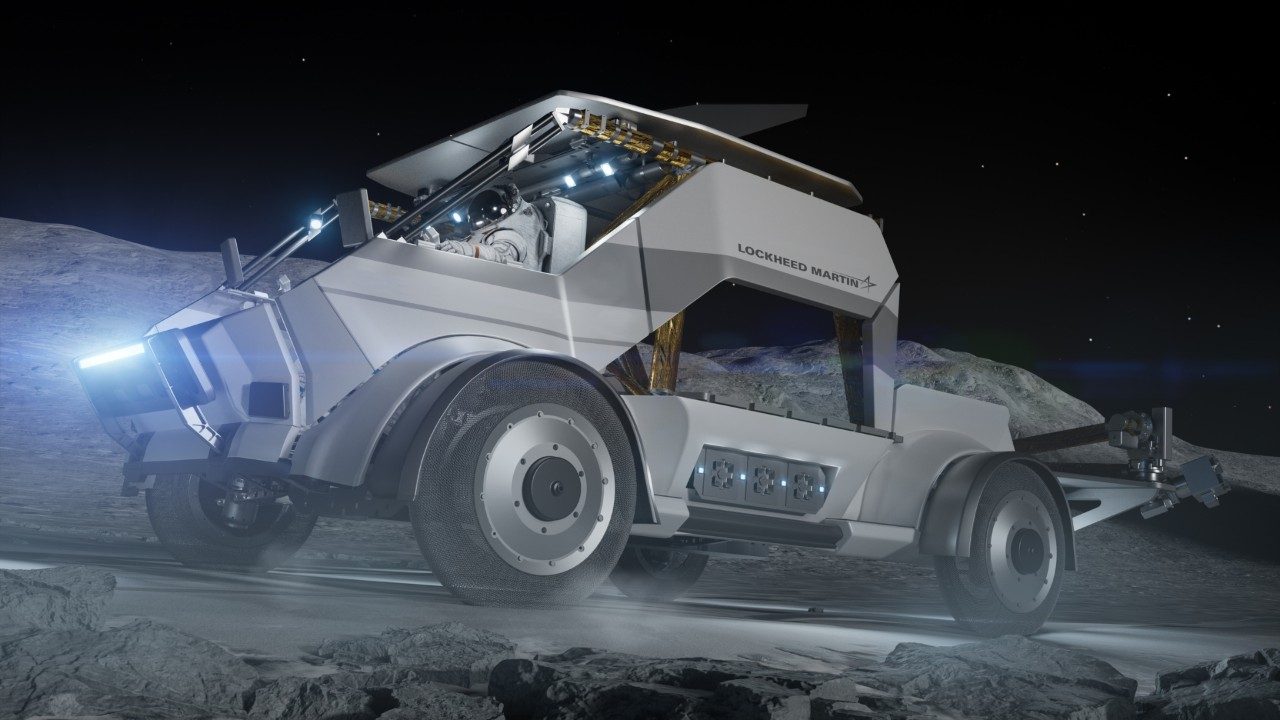Opening Access to the Moon for All
A Game-Changing Vehicle
The Lunar Mobility Vehicle (LMV) provides unmatched capabilities, applying best of breed aerospace and automotive innovations in power systems, reliability and mission operations.
The LMV enables unprecedented exploration of the Moon with autonomous, telerobotic and manual operation. Transformational range, capability and support for astronauts & robotic missions unlock the full potential of partner initiatives, like Artemis - redefining the way in which we conduct deep space missions for science, exploration and emerging industry.
Capabilities and Services






Lunar Mobility as a Service
The LMV can travel over 1000 km in a lunar day, keep payloads alive during the lunar night, and explore permanently shadowed regions for multiple Earth days at a time. The vehicle's unique capabilities enable missions which stretch across the South Pole region and into the lower latitudes, through extreme terrain and into highest-value scientific or commercially aligned hotspots. It will act as a hardware demonstration platform, a low-gravity manufacturing plant, a prospecting & mining rig, a survivability testbed, a modular sensor hub, and an infrastructure enabler, supporting payloads for months or years as it travels.
Luna Ride
Lunar Science Rideshare
The MILO Space Science Institute (MILO) is seeking collaborations with international partners based on their unique capabilities and mutual scientific goals to participate in a lunar science rideshare mission, Luna Ride. MILO, a subsidiary of Arizona State University, will work with those interested in deploying payloads to the surface of the Moon on the Lockheed Martin lunar mobility vehicle.
The Luna Ride mission will include transportation, communication, support for survivability, and deployment of payloads onto the lunar surface.





